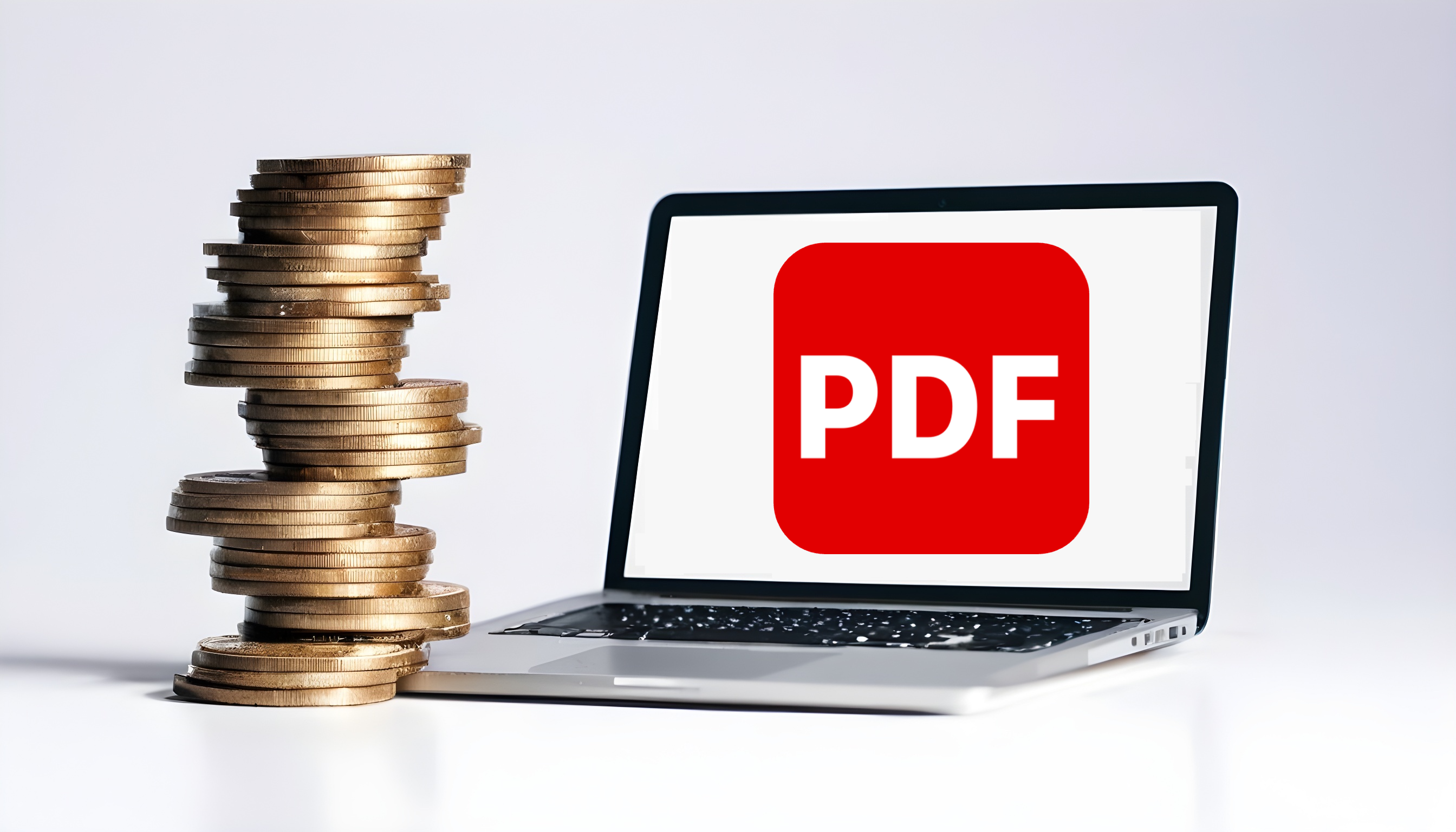Streamlining Your Order-to-Cash Process: Do's and Don'ts

Addressing these hold-ups is vital to streamlining the O2C process. And that's where an Accounts Receivable management solution pays for itself. AR automation software is designed to improve key performance indicators (KPIs) like Days Sales Outstanding (DSO), Order-to-Cash Cycle Time, and Invoice Accuracy Rate.
If you're on the journey of streamlining the Order-to-Cash (O2C) process, this article delves into the best practices and pitfalls to avoid in optimizing this process.
The don'ts of streamlining your order to cash processes
Streamlining the AR function can be like putting greased lightning into your O2C process, but AR automation software is not created equal. For example, many products claiming to be "comprehensive AR automation software" often fall short of their promise.
What are the other pitfalls to avoid?
1. Don't overwhelm finance teams with manual work
As economic pressures demand that everyone deliver more with fewer resources, AR teams are expected to up their analytical, strategic, and customer relationship game — on top of the traditional finance processes they're responsible for.
Accounts receivable management software automates many of the bulk of their manual functions. On top of automation, advanced platforms integrate seamlessly with many ERP platforms to provide a single source of truth based on more precise financial data to spot trends and adapt to changes in customer payment habits.
2. Don't automate in only one area
Investing in software that only automates certain areas of your O2C process, like invoice distribution or payment collection, will bring only partial rewards to your overall O2C cycle. And in some cases, this limited approach could cause even more inefficiencies.
The Boston Consulting Group's (BCG) study on O2C optimization highlights significant cost savings achieved by automating multiple aspects of the process. Their findings indicate that automating invoice distribution, statement generation, reconciliations, and payment allocation can lead to cost savings ranging from 15% to 30%. Where are these savings coming from? Reduced manual entry, greater accuracy, and streamlined workflows.
3. Don't let automation replace humans entirely
While AR automation software is a valuable tool for saving time on manual, repetitive, or error-prone tasks and is becoming more powerful due to AI-enhanced advancements and efficiencies - your customers don't want to chat with it everywhere during the O2C cycle.
Customers don't want to deal with machines when they contact you. That's because they need expertise and guidance relevant to their particular case, not some canned script from a company chatbot.
We know it sounds counter-intuitive, but automating your O2C cycle with AR automation software actually enhances the human element by enabling direct communication between you and your customers to resolve urgent inquiries or issues.
4. Don't keep your AR process siloed
Silos between departments. They make it hard to communicate, impede information flow, and make it impossible to streamline the O2C. This is particularly true when you're in the AR department, which often operates in isolation from other critical functions such as sales, finance, and customer service.
But breaking down silos isn't just about sharing AR data across teams (one of the superpowers of AR automation software). It's about growing a culture of collaboration, aligning strategies, and leveraging collective knowledge to achieve a more streamlined O2C cycle. Embracing collaborative data access and sharing is one of the keys to unlocking the full potential of your order-to-cash cycle.
The do's of optimizing order-to-cash cycles
In case you haven't read the IBM study highlighting the five practices that contribute to optimal order-to-cash performance, here's the summary:
More efficiency in the O2C cycle can lead to direct cost savings, as around 20% of Finance function full-time employees (FTEs) typically work on O2C tasks. What are the best practices for achieving these efficiencies? It's time to dive into the do's section.
1. Do use advanced analytics for deeper customer insights
Optimizing the order-to-cash process sits permanently on the to-do list of AR teams, and they can't afford to become complacent. AR automation is the engine in this process, and precise, comprehensive financial data across a company's O2C cycle is the fuel.
Leveraging advanced analytics in AR automation software isn't just about taking the grunt work out of the AR function. By unlocking deeper customer insights through advanced analytics, businesses can optimize their order-to-cash processes, improve cash flow management, and make informed decisions that drive sustainable growth and profitability.
Do use accounts receivable software that can identify and correct data inaccuracies or inconsistencies when working with data from your ERP or accounting systems.
2. Do evaluate new accounts and orders for credit quality
Monitoring new accounts and orders for credit quality is another vital piece of the O2C cycle jigsaw. IBM reports that this approach resulted in a 37% increase in the median number of credit reviews processed annually per full-time employee (FTE).
If getting your AR team to do more with less is high on your to-do list, look for tools in your AR automation software that enhance the Credit Check and Authorization stage of your order-to-cash cycle. It's essential for managing workload efficiently while maintaining high credit management standards.
3. Do enforce centralized credit limits and controls for all accounts
A unified system for setting and managing credit limits and rules for national and international customers ensures that credit policies are applied consistently across all accounts, irrespective of their geographical location.
4. Do make the move towards digital credit applications.
All too often, businesses conduct offline credit applications manually, storing them in a filing cabinet, only to be revisited if, of course, there's a non-payment event. At this point, you find out that this customer's application expired years ago and was never properly maintained.
With digital credit applications, finance departments can send customers an online credit application form and monitor the completion process. Once completed, this application is maintained online, with built-in checks to ensure that all applications are valid and up-to-date, with automated reminders when an application is about to expire.
5. Do include the customer's adherence to payment terms as a KPI of the credit function
This seemingly ordinary KPI incentivizes credit teams to refine their policies and strategies to reduce late payments and defaults. In the IBM study, organizations using this approach had 30% lower days sales outstanding (DSO).
(For more tips on how to reduce your DSO, visit Accounts receivables collections: How to reduce DSO and improve your accounts receivable.)
6. Do share write-offs with the credit function
By involving the credit department in managing financial losses due to unpaid accounts, AR software enables credit and AR teams to team up and improve credit risk assessment, collection strategies, and proactive customer payment management.
Read more about how AR software can break down the silos between interdepartmental cooperation.
Streamline order-to-cash cycles with System1A AR automation
System1A is a hassle-free, South Africa-based platform that improves key order-to-cash KPIs
Why choose System1A?
- Simplified invoicing, statements, collections, and remittance processes
- Comprehensive, real-time visibility
- Seamless integration and collaboration
- Efficient, direct payment processing
- AI-powered data analytics platform providing valuable insights for actionable decisions
- ERP compatibility (integrates in minutes)
- Built-in digital credit application facility
Benefits for Customers:
- Immediate access to detailed account information, together with all relevant supporting documentation
- Collaborative tools for quick issue resolution.
- A secure, user-friendly self-service portal.
Can we show you how System1A can help you achieve peak order to cash efficiency?
<<Book a demo or request a free trial>>



















